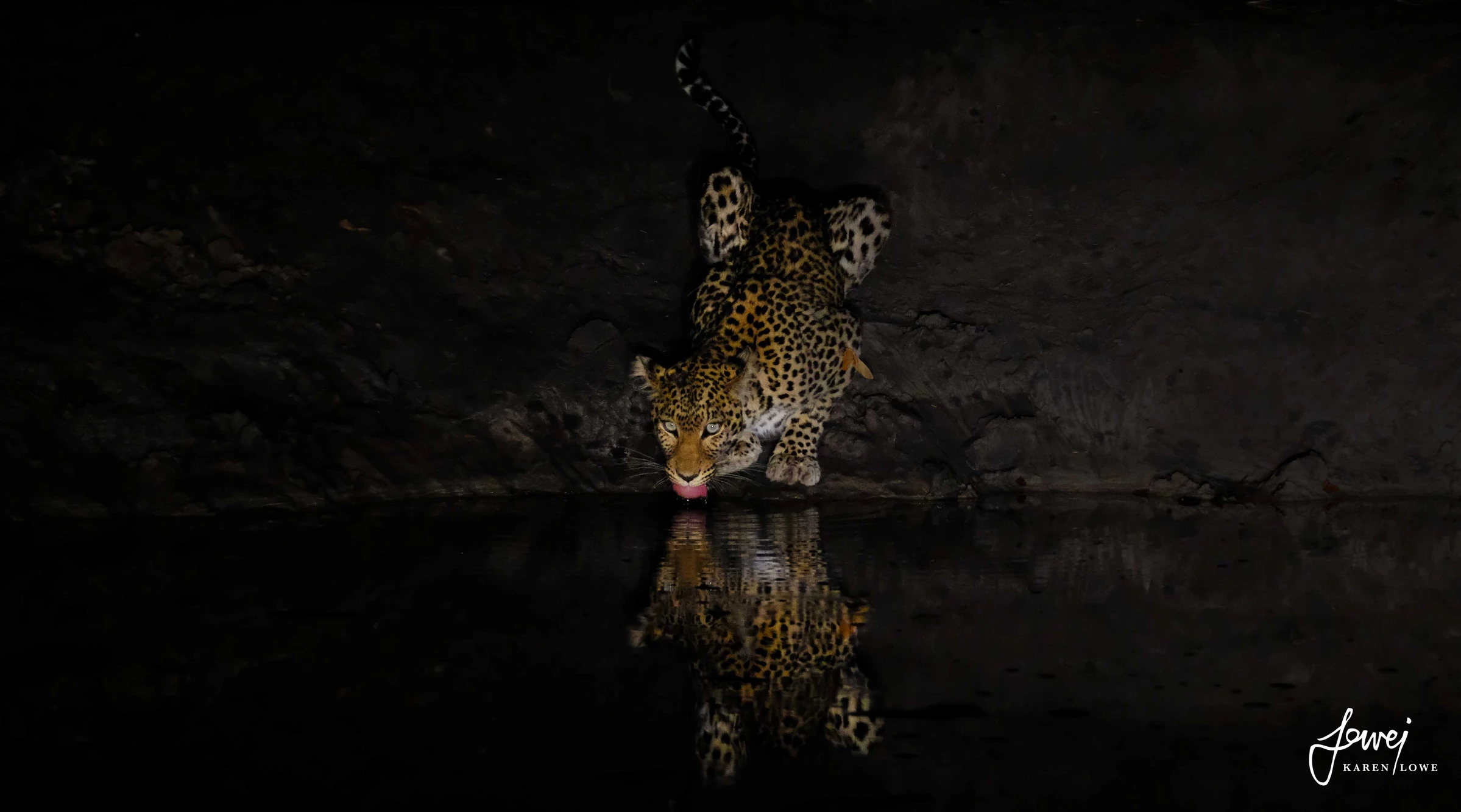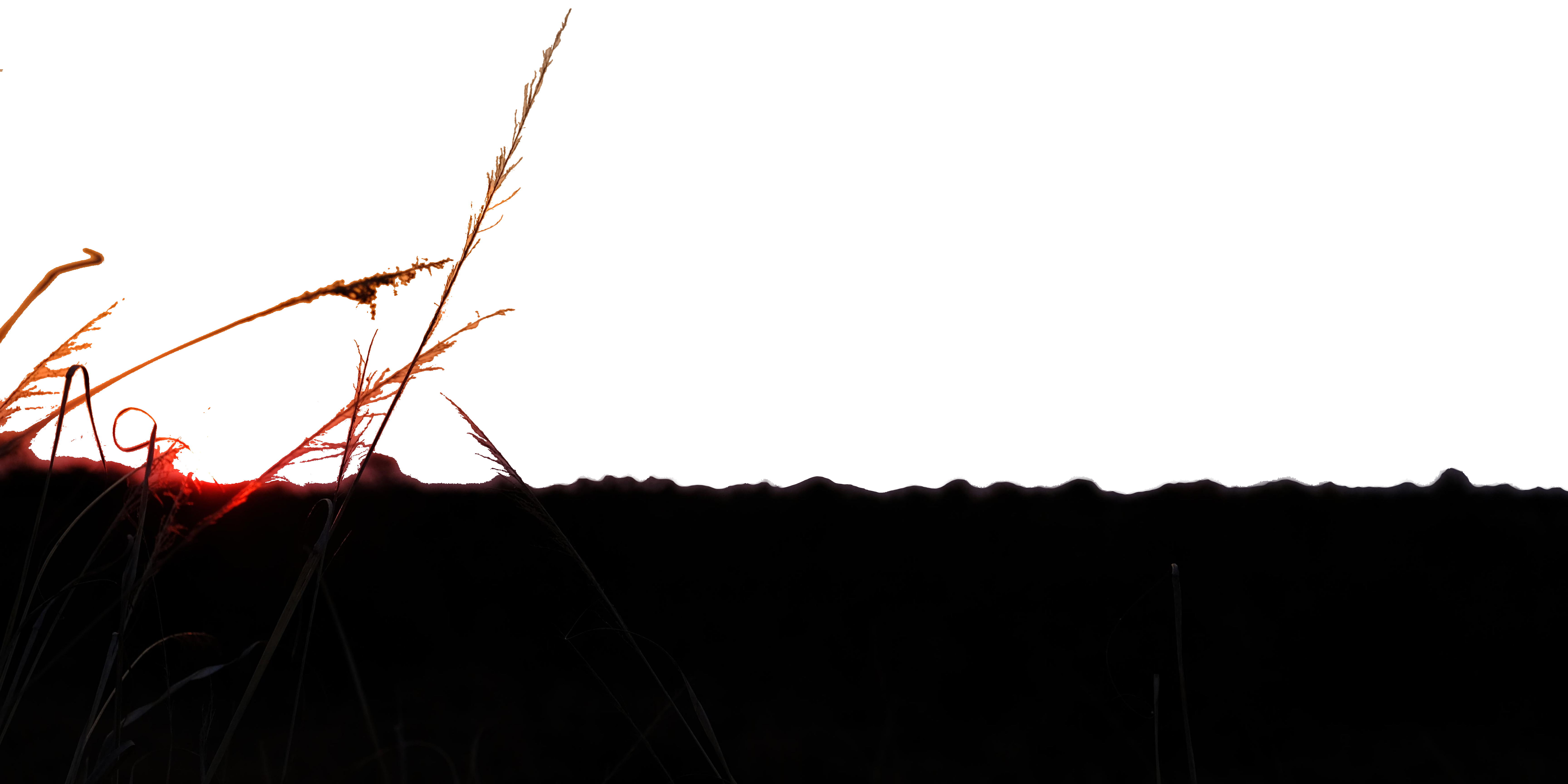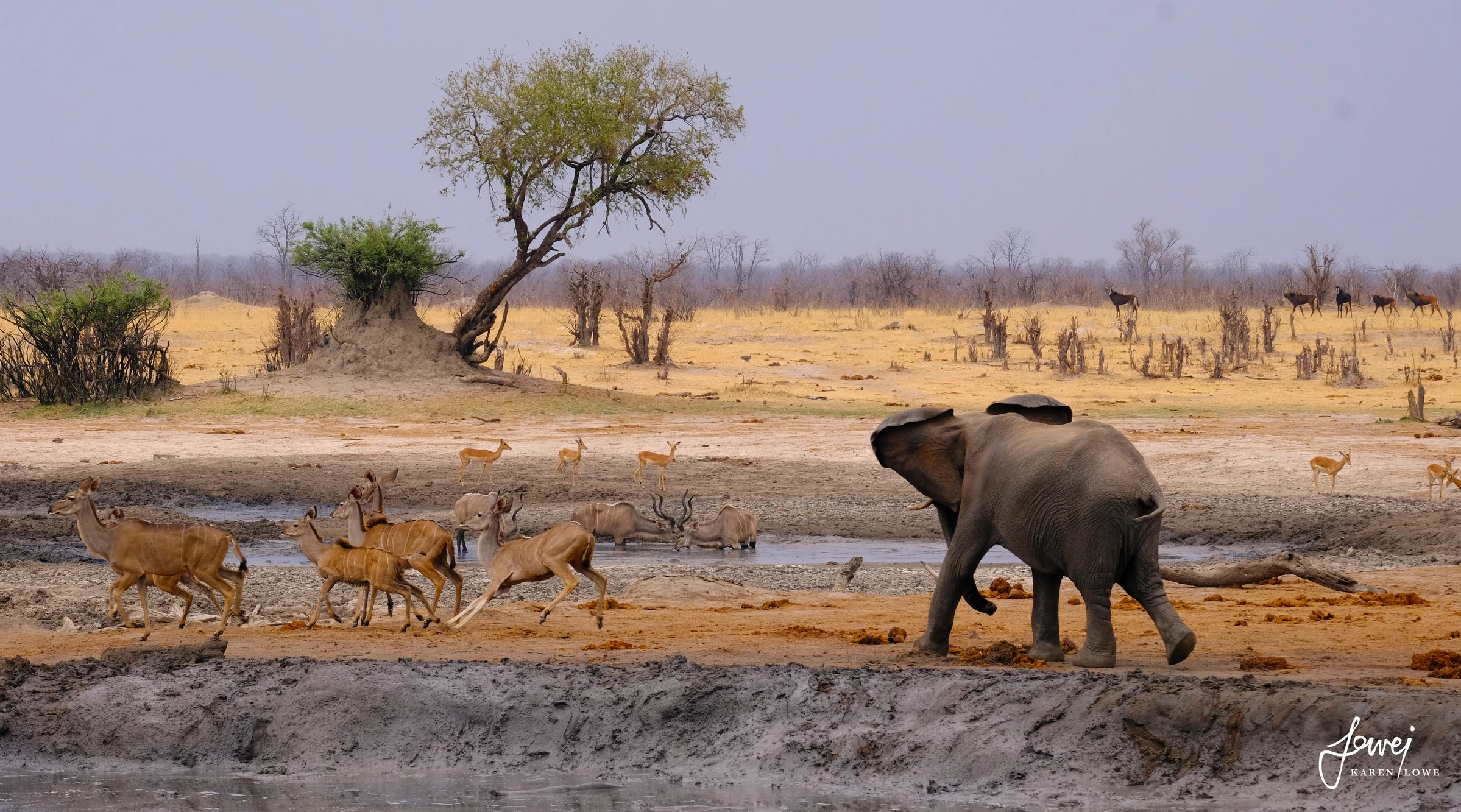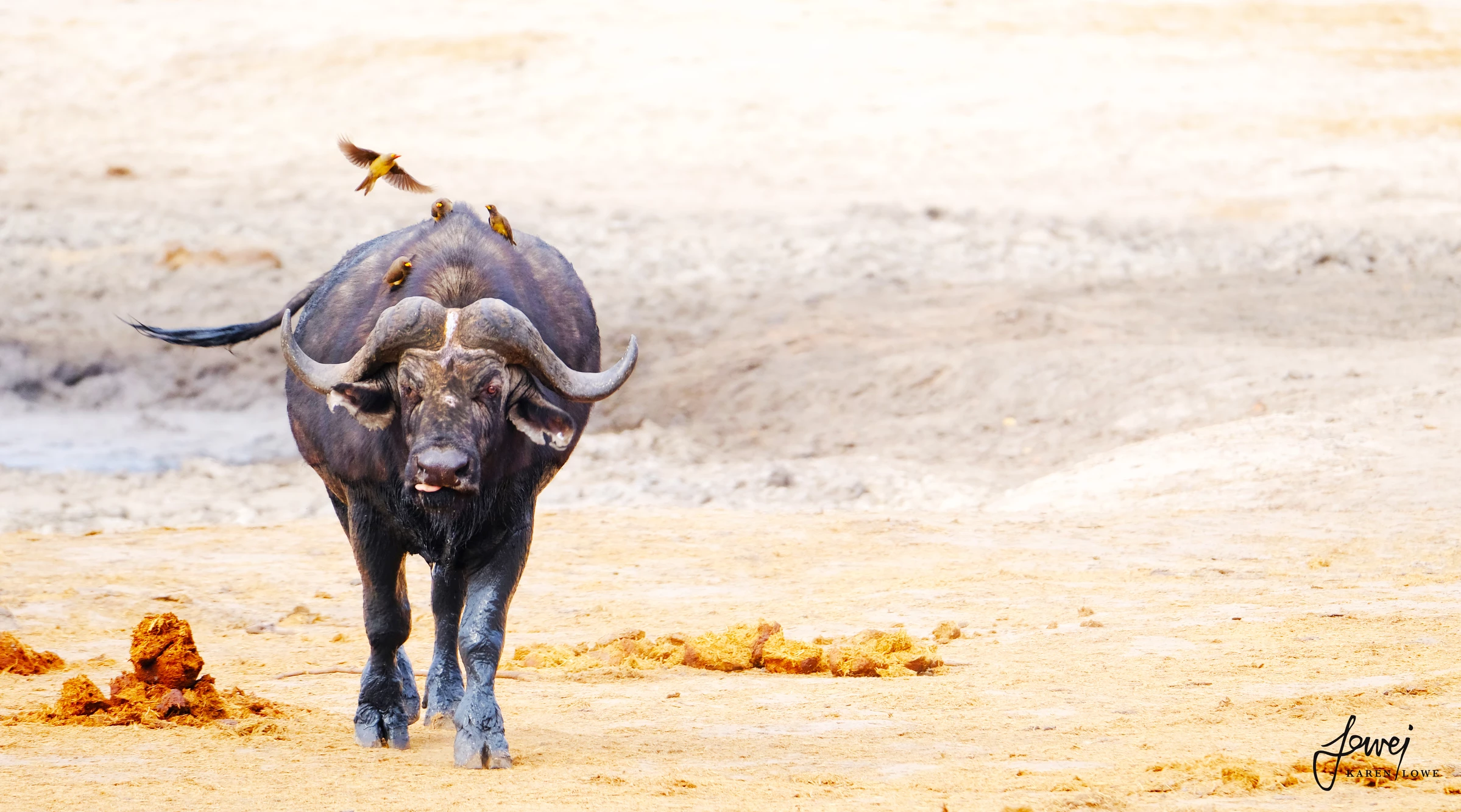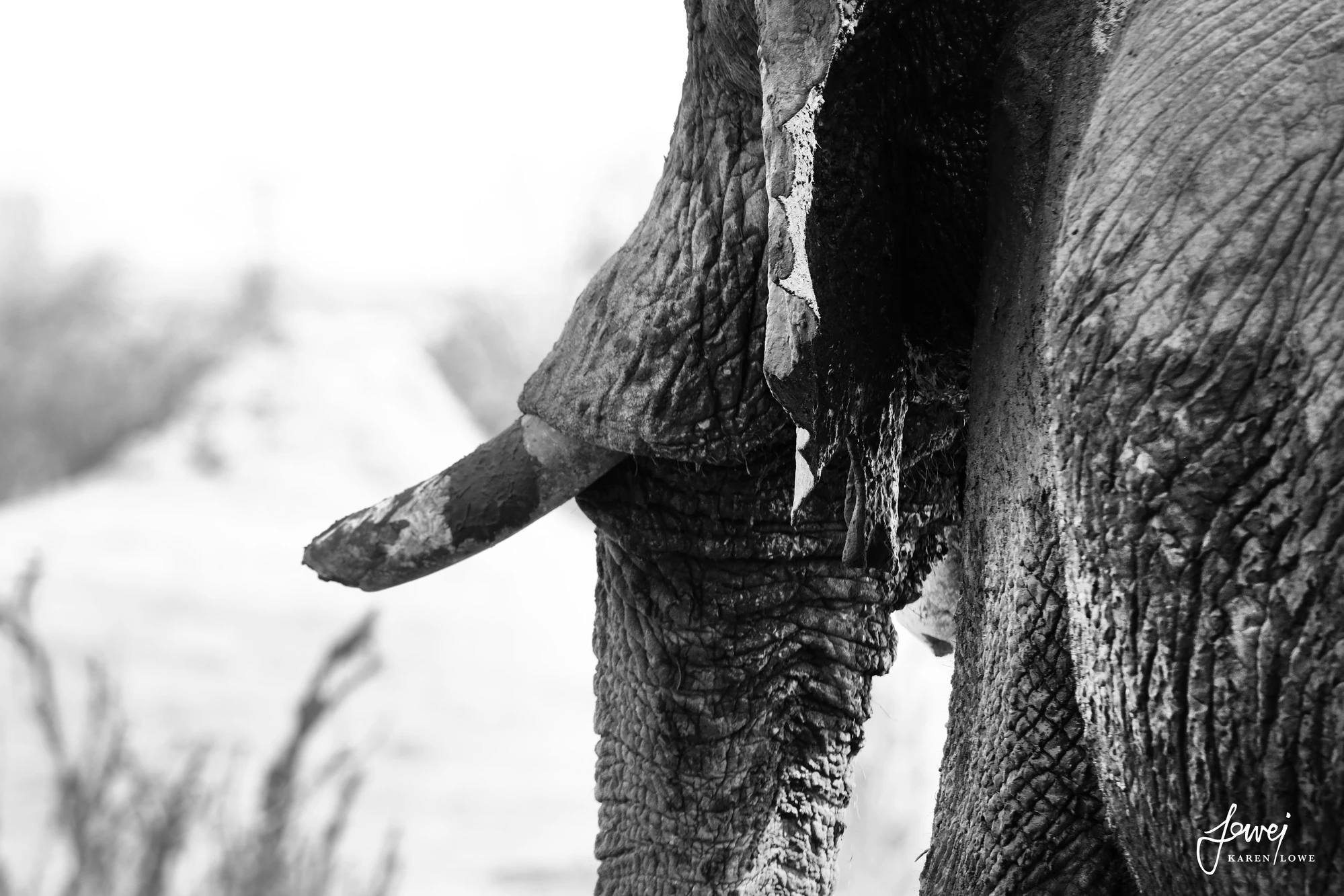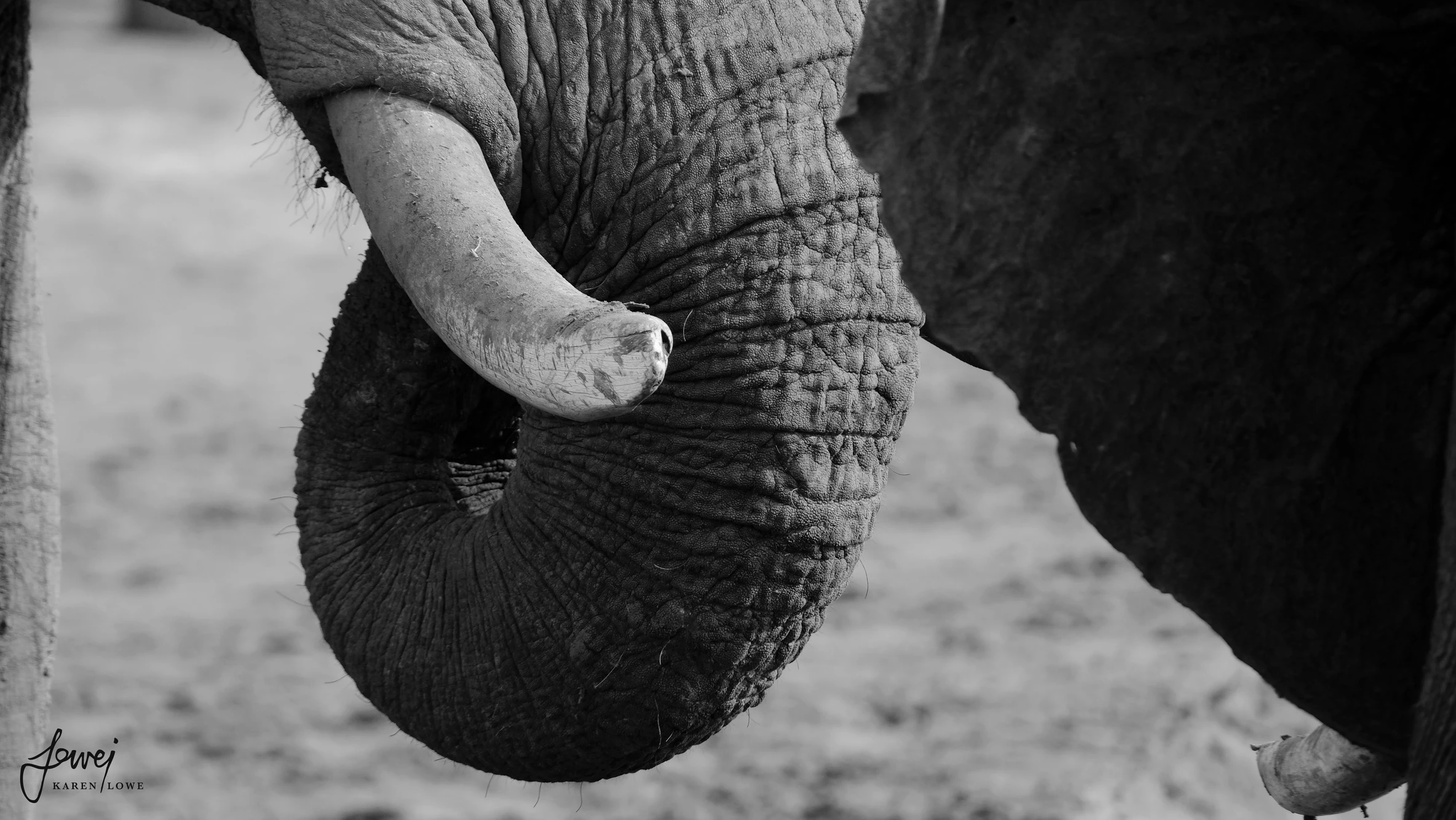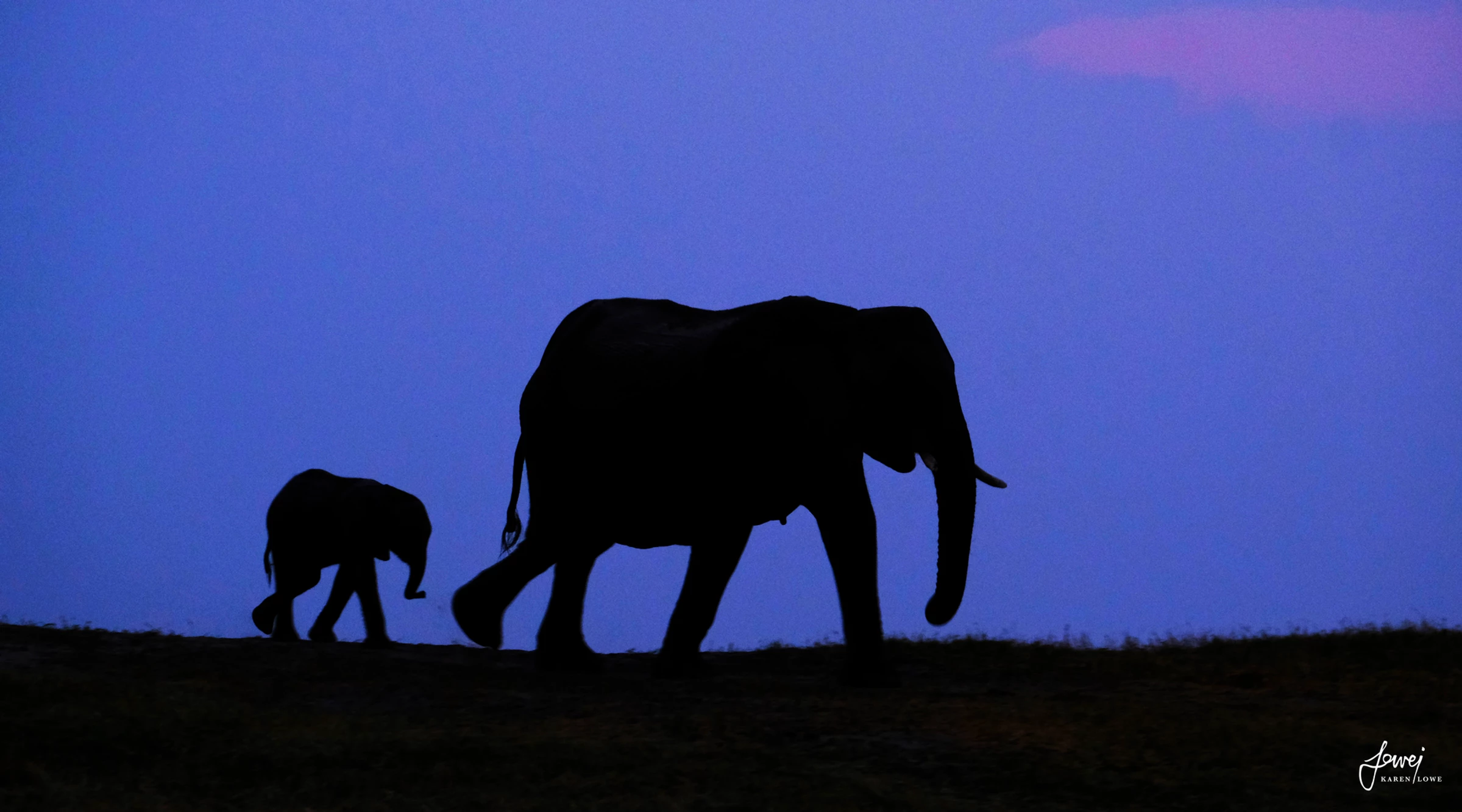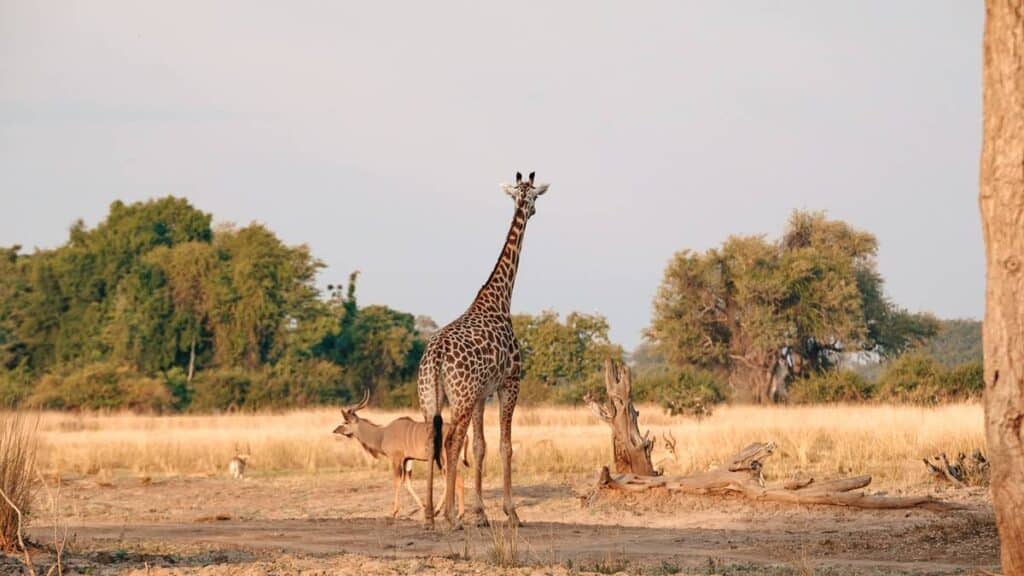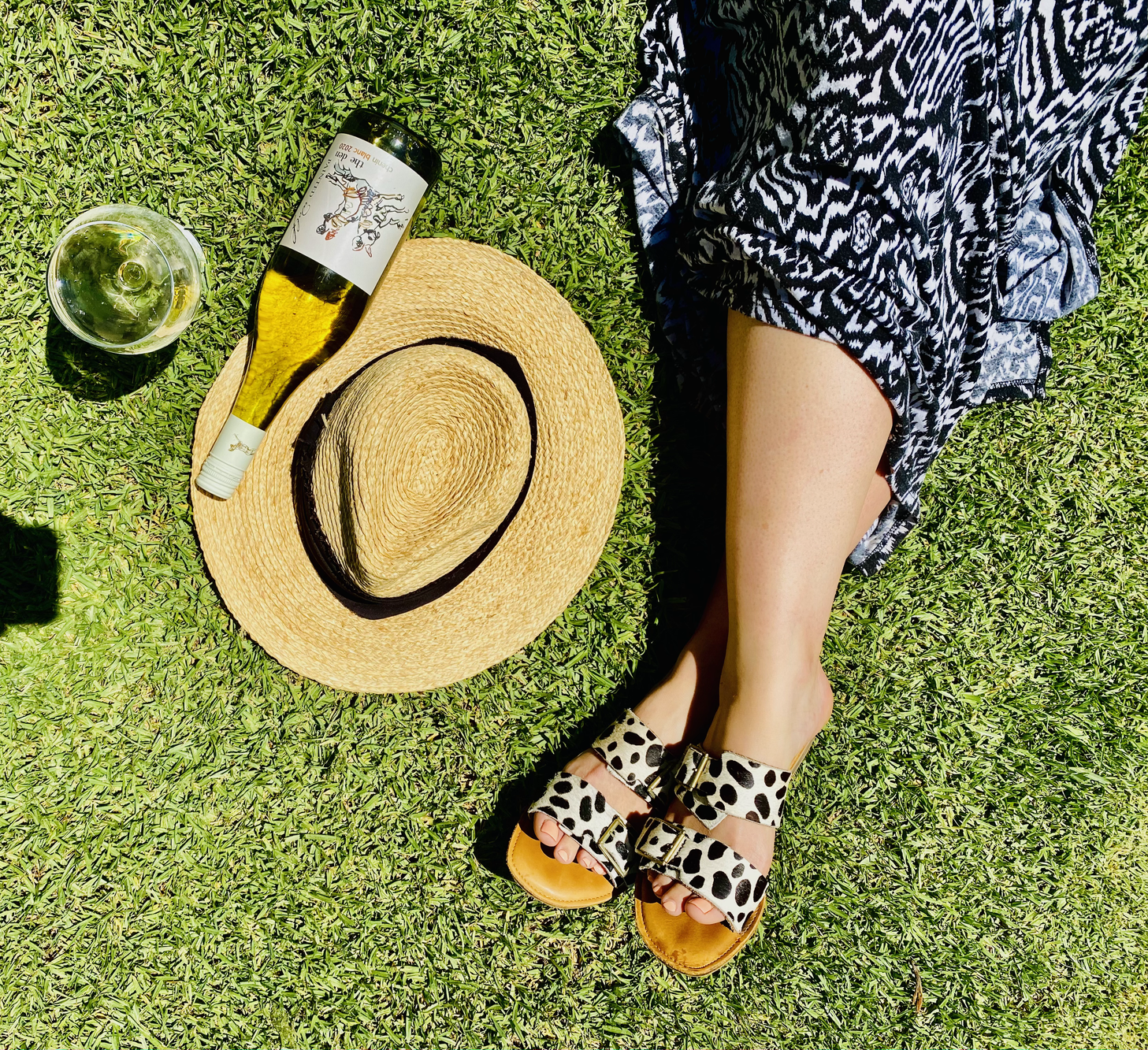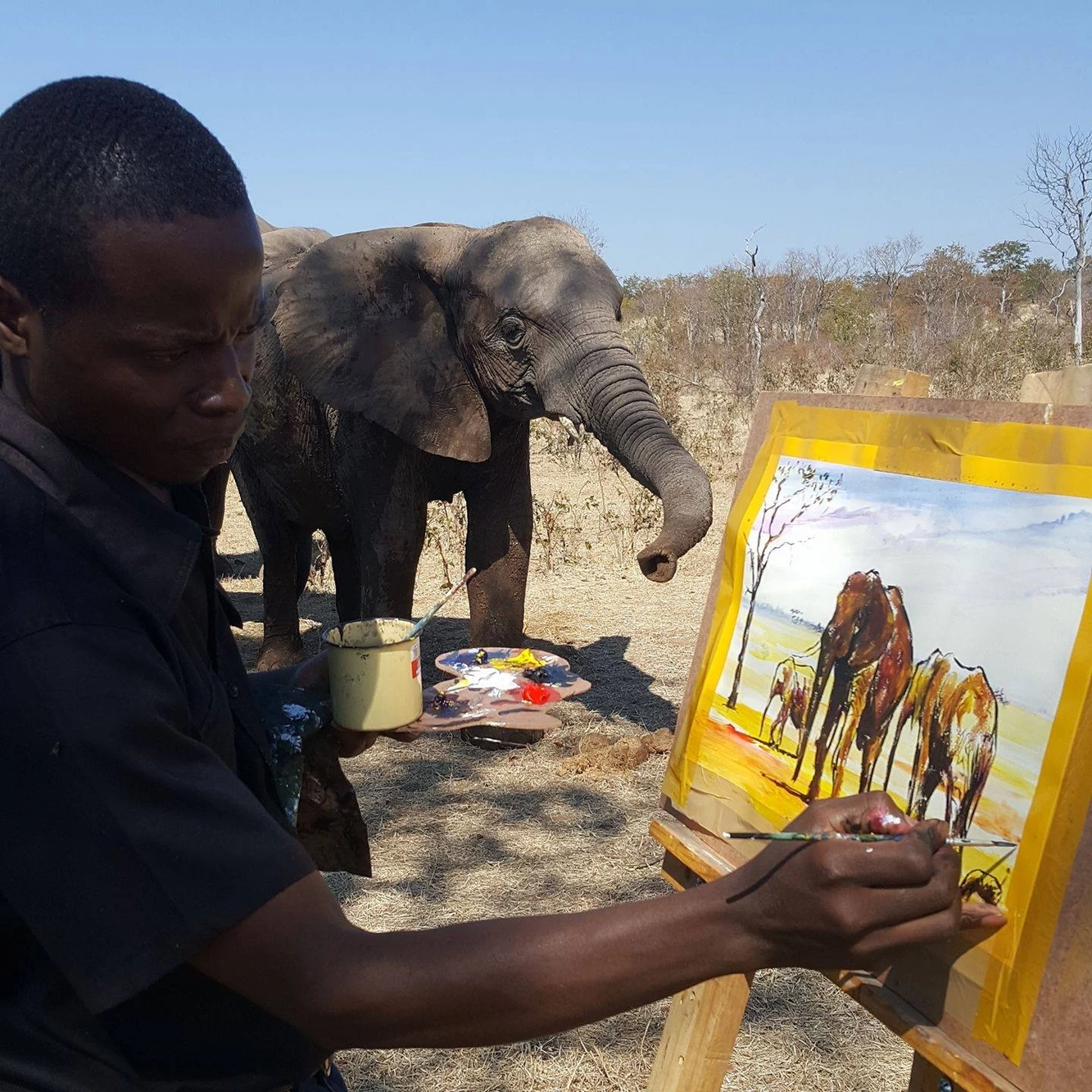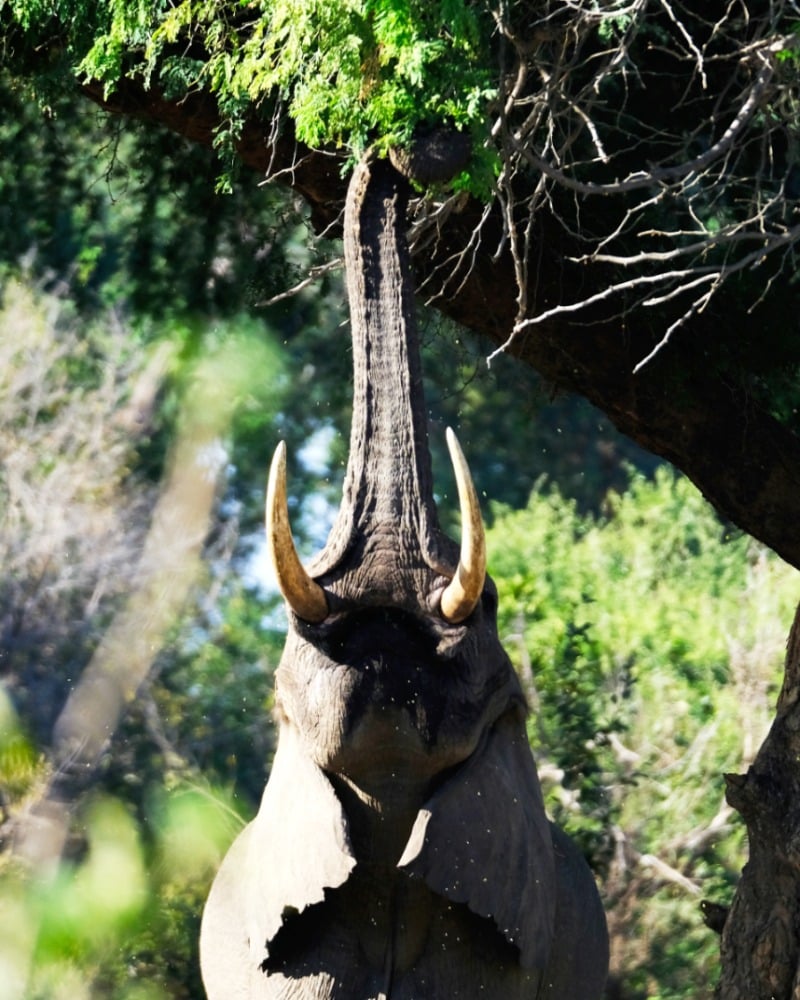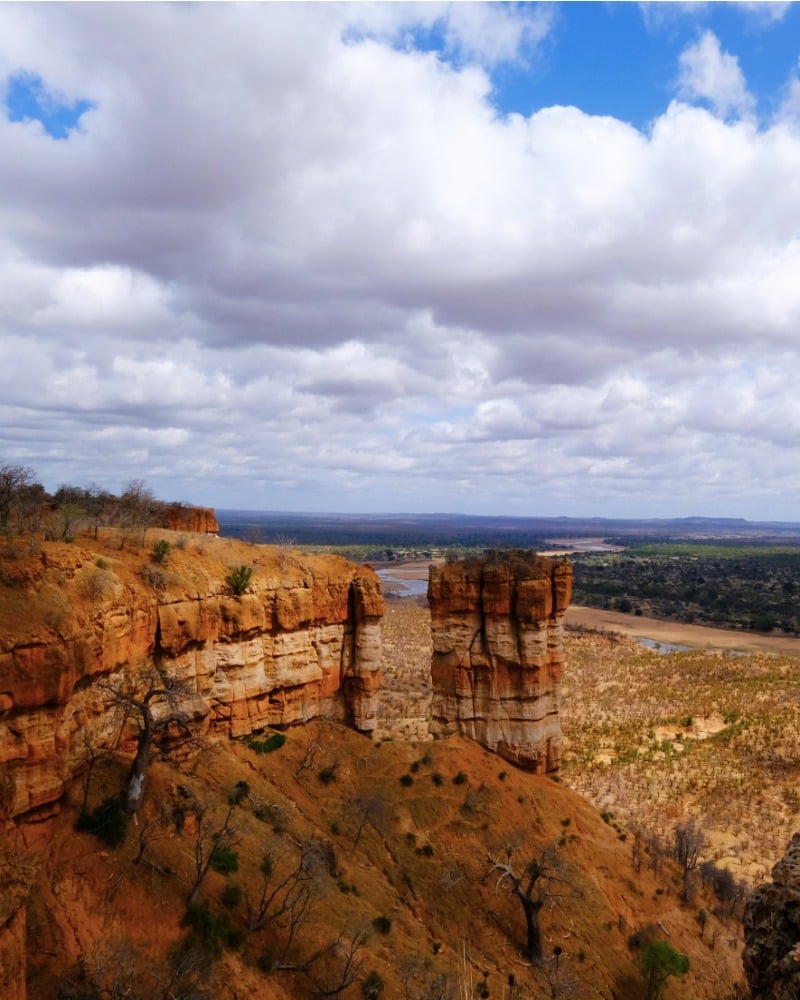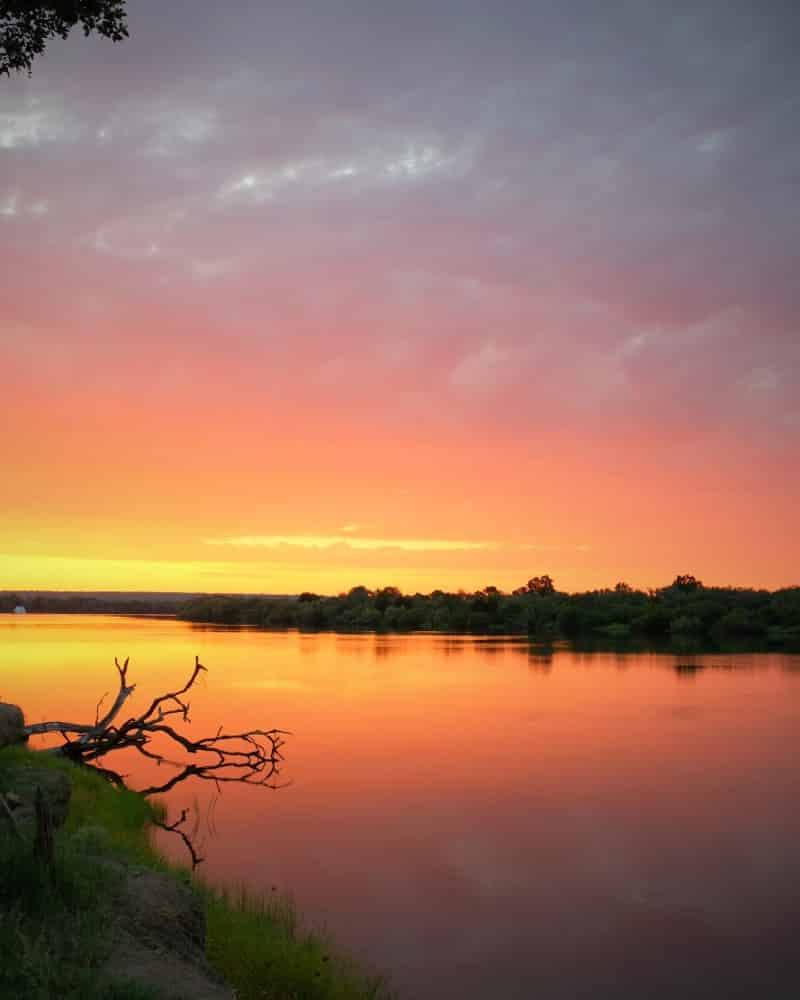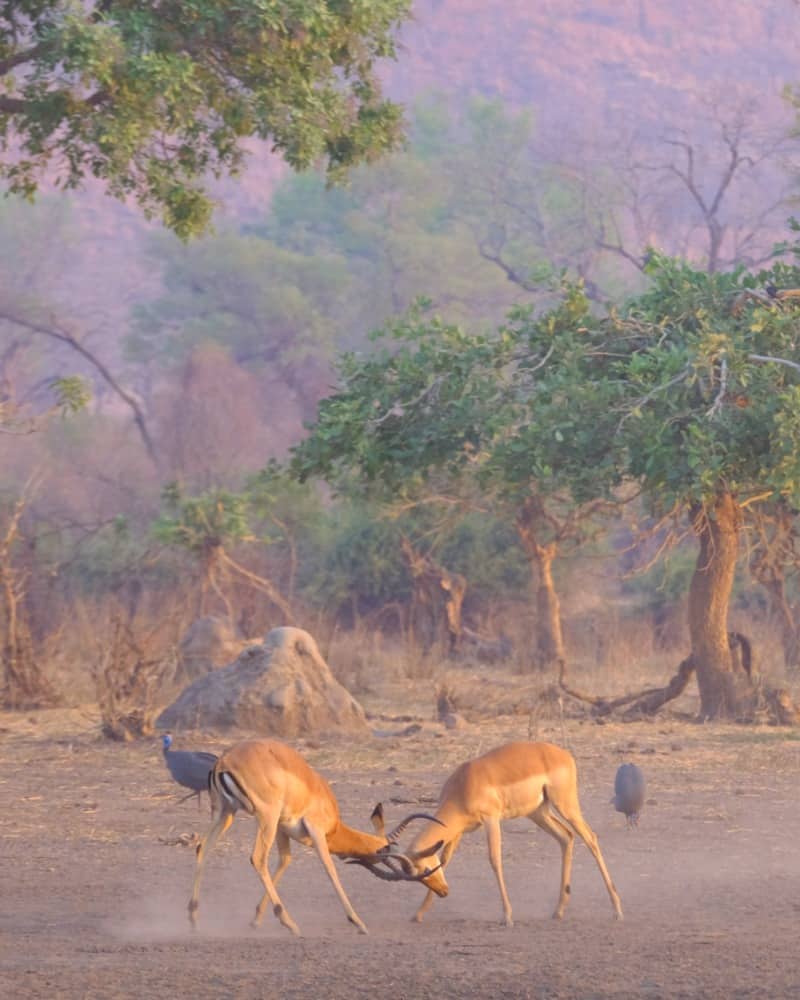Words by Kim Sparrow Photos by Karen Lowe
Water. For a park of 14, 651 sq km – filled with an abundance of species – some which travel its length, breadth and beyond – water is a precious and scarce resource. Hwange National Park has no rivers and very few natural springs, inflicting great strain on wildlife, ecosystems as well as surrounding communities.

With over 100 species of mammals, an elephant population some 44 000 strong, and 400 species of bird, the demand for water is high. Then there are predators, insects, flora and fauna – each element of the ecosystem reliant. Through tourist revenue, Imvelo and other operators have been able to supply water throughout the park in the form of pumps, as well as for communities living along its boundaries. Water is not only essential for hydration, but to reduce human-wildlife conflict by keeping animals out of the communal areas, and creating food security for communities, lowering the risk of poaching.
On her arrival at Nehimba, Karen was met by herds of elephants negotiating the freshwater in the swimming pool, as well as the pumped pan beyond. Freshwater is a delicacy, and the pool has to be filled constantly, with trunks siphoning litres in an effort to quench thirst. In a cartoon-like performance, Karen sat and watched the elephants glug bulges of water up through their trunks; pure H2O heaven.
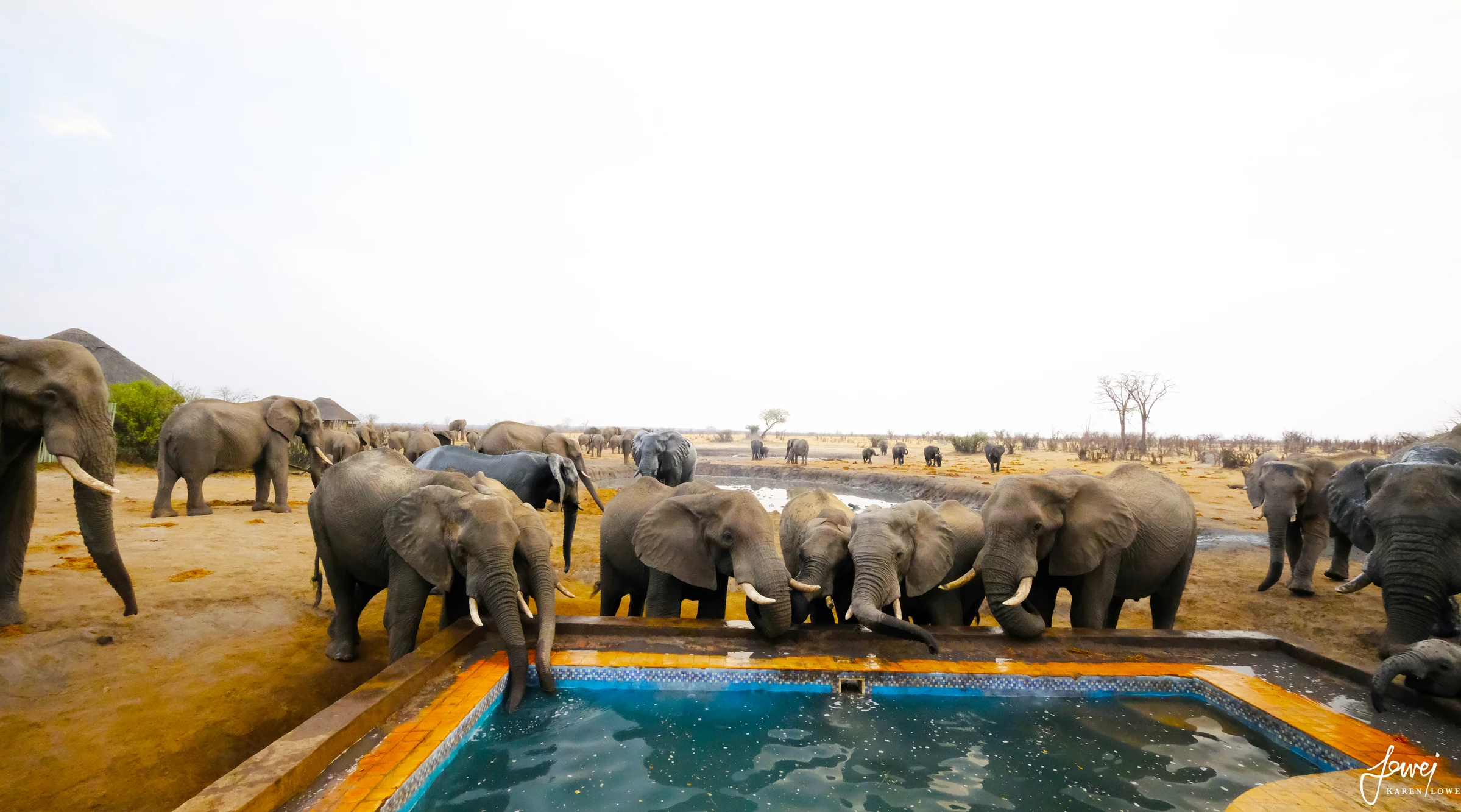
Professional guide Brendan Judge showed Karen around the water-ways of the Nehimba surrounds over the next few days. Man-made pans which run predominantly on solar pumps keep the animal’s thirst at bay. An absolute essential for survival, especially in the dry October heat. Evenings were spent at the Nehimba seeps – otherwise known as the ‘Cathedral of Elephants’. One of the only year-round natural water sources in Hwange, a favoured spot for elephants, as it was for the San Bushmen who originally inhabited the area.
Karen found the seeps mesmerising. Not particularly in aesthetics, water oozing out of the fine sand into shallow wells, but in their natural and unrelenting gift of life. These seeps have provided a life source for the area since times of old, ensuring survival through their humble yet constant offering. The atmosphere which surrounds this resource is somewhat spiritual. The wildlife seems to sense the same, drinking in silence, a peaceful contrast to the pans in front of the lodge. In its essence, one can certainly feel the Cathedral, being a source of tranquillity and gift of life.
The efforts of Imvelo spread far beyond the lodge and hundreds of kilometres into the National Park, all the way to their most Southern camp – Jozibanini. This isolated camp was built to showcase guests how tourism levies enable the construction of waterholes, their trip impacting the conservation realm. Being closed due to Covid, the pump run will have to be kept for the next Hwange adventure. Until then, Wild Travel Media has been reminded about the art of giving back, allowing such lessons to seep deeply into our world perspective.
